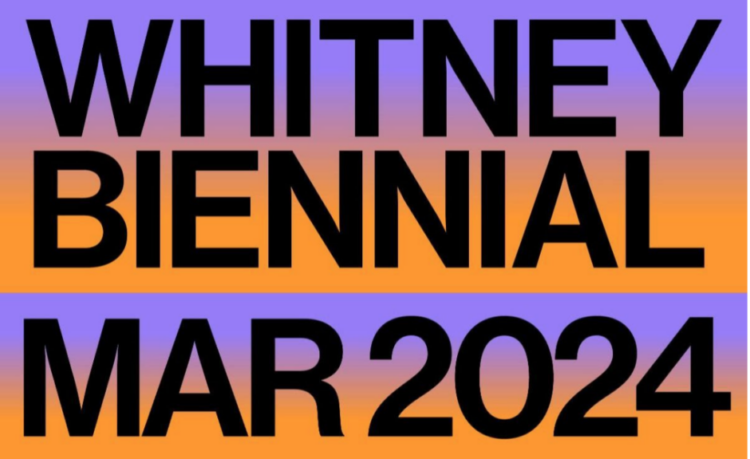Creative Capital Featured in the Wall Street Journal!

Lentiucular Wall, from performance by 2013 grantee Complex Movements. Photo by Vanessa Miller.
We are thrilled to announce that Creative Capital is featured in today’s Wall Street Journal! The fantastic article, “Where Good Ideas Go to Live,” written by Steve Dollar, highlights a few our amazing 2013 grantees and offers insight into what makes our approach to working with artists so unique. If you’re a subscriber, you can read the full text on the WSJ’s website), and we’ve included an excerpt below:
When the downtown nonprofit Creative Capital announced on Thursday the recipients of its 2013 grants—$4.1 million to be divided among 46 projects in sums of up to $50,000, plus advisory services—the list highlighted many proposals that defy convention.
“You Are It”, by Williamsburg choreographer Arturo Vidich and machinist Daniel Wendlek, proposes a performance, inspired by the schoolyard game Tag, for 3,000 dancers and a human-powered hybrid electric airplane, staged on an abandoned runaway in Long Island.
St. Louis, Mo., artist Juan William Chávez’s “Pruitt-Igoe Bee Sanctuary” aims to transform the wooded site of a former housing project into a space for community beekeeping.
New Yorker Elaine Tin Nyo’s “This Little Piggy” will document on video the lives, “from stable to table,” of adoptive piglets in five countries, leading to dinners prepared by local chefs and a cookbook.
If these concepts seem to stretch outside the box—using artistic practices to transform exercises in technology, agriculture and gastronomy—they’re quite the norm for Creative Capital. The organization has been shaking up the nonprofit arts field since 1999, when it was launched in the aftermath of the decade’s culture wars as an experiment by Arch Gillies, then-president of the Andy Warhol Foundation, whose support abides in a 10-year matching grant of $1.5 million a year.
It’s not only the artists whose work challenges traditional notions, but the way the Creative Capital was designed: It’s a venture capital fund for the avant-garde.
“No one was testing those ideas out in the arts arena,” said Ruby Lerner, executive director of the organization, which rejected the standard nonprofit model of “here’s a check, send us a report.” Instead, there’s a longer-term commitment, for up to five years, and an emphasis, she said, on “what will make someone stronger when they leave us than when they came in.”
“It was—and I can’t think of any other word for it—revolutionary for me,” said Matthew Moore, the Phoenix-based founder of the Digital Farm Collective and a fourth-generation farmer. With suburban development gradually overtaking the rural terrain he once knew, the 2008 grantee began making time-lapse films that capture the growth of his produce. The project has expanded into an international enterprise.
“They talk about this catalytic moment, this Sputnik moment, in your career,” he said. “To know that this is the right time to infuse capital. What does that mean? It’s this network of people, it’s advice, it’s a structure, it’s a methodology to apply to your practice to make you resilient.”
